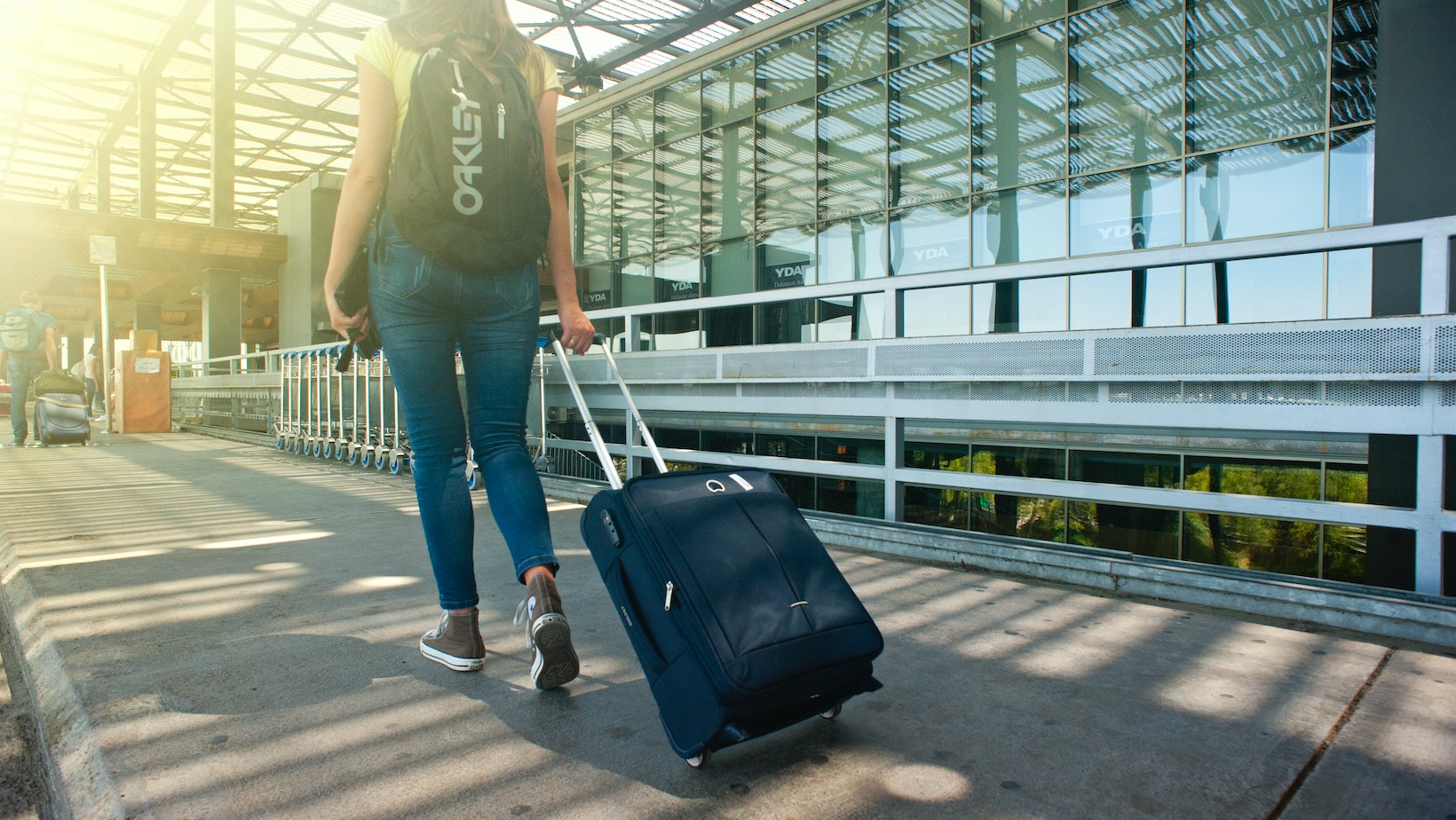When you’re preparing to travel abroad, it’s crucial to be aware of potential risks and how to mitigate them. A defensive foreign travel briefing is one such tool that can equip you with the knowledge necessary for a safe trip. But just how often must you receive a defensive foreign travel briefing? Well, it largely depends on your unique circumstances.
If you’re someone who frequently hops from one country to another due to work commitments or personal adventures, I’d recommend getting these briefings regularly – ideally before each trip. Each nation has its own set of challenges and threats which might change over time. Therefore, staying updated through regular briefings can help ensure your safety.
On the flip side, if international travels are rare events in your life’s calendar, it might suffice to attend these briefings only when planning a foreign trip. Keep in mind though that even infrequent travelers need to stay informed about the current conditions of their destination country. Remember: Safety first!
Check out our next post for more amazing content!
Understanding the Importance of a Defensive Foreign Travel Briefing
When it comes to foreign travel, I can’t stress enough how critical a defensive foreign travel briefing is. It’s not just some box you tick off in your preparation checklist; it’s an essential tool that equips you with vital knowledge and skills to navigate potential risks while abroad.
You might be wondering, “how often must you receive a defensive foreign travel briefing?” To answer this, let’s first break down what these briefings entail. They provide comprehensive data about your destination country’s cultural norms, political climate, crime rates and even health issues. In essence, they’re designed to prepare you for any unexpected events or potential dangers during your journey.
Given their importance, the frequency of these briefings should coincide with each trip abroad. This means if you’re planning multiple trips to various countries within a given period – say six months or one year – you should receive a briefing before each trip. Even if you’ve previously visited the destination but haven’t been there recently, another briefing is crucial as situations can change rapidly.
Here are some key reasons why frequent defensive foreign travel briefings are essential:
- Awareness: These briefings keep travelers informed about the current state of affairs in their destination countries.
- Safety: By learning about possible threats and how best to avoid them, travelers can ensure their safety.
- Cultural Sensitivity: Briefings educate travelers on local customs and etiquette which fosters respectful interactions with locals.
Ultimately, staying updated through regular defensive foreign travel briefings gives me peace of mind knowing I’m well-equipped for my journey ahead. Remember that knowledge is power – especially when venturing into unfamiliar territories!

How Often Must You Receive A Defensive Foreign Travel Briefing
Let’s dive straight into the heart of the matter. How often must you receive a defensive foreign travel briefing? The answer may actually be more flexible than you’d think.
Primarily, it hinges on several key factors. Let’s break them down:
- Frequency of Travel: If international travel is your bread and butter, you’ll find yourself needing these briefings more regularly. I’m talking about those folks who’re hopping onto international flights like it’s their daily commute.
- Destination Risks: Not all destinations carry the same level of risk. For instance, if you’re frequenting countries with high security risks or volatile political climates, that’ll necessitate more frequent briefings.
- Changes in World Events: A stable destination today might not be so tomorrow due to sudden political unrest or natural disasters — underscored by COVID-19’s rapid global spread last year.
Based on these factors, it isn’t a one-size-fits-all scenario for determining how often you must receive a defensive foreign travel briefing.
As a rule of thumb though, I’d recommend receiving an updated briefing every time there are significant changes in your travel pattern or the worldwide security situation.
To further illustrate this point, let’s look at some hypothetical examples:
| Travel Frequency | High-Risk Destinations | World Events Change | Recommended Briefing Frequency |
| High | Yes | Yes | Before each trip |
| Low | No | No | Annually or when conditions change |
Remember, safety should always come first! Therefore, even if it can seem exhausting to keep up with these briefings at times, they’re crucial for staying informed and safe during your travels abroad.
My name is Andrea Thompson and I’m a home based freelance writer. I’m 23 years old, married to my best friend, and mother to a wonderfully independent and opinionated 3 year old girl and step-mother to a sweet seven year old boy. I live in a tiny, little town in Kentucky, where I spend my free time fishing with my kids.
Writing has always been my passion, which I followed through high school, and for a while in college. Life happened, and once I discovered we were pregnant, I switched directions; opting for the healthcare industry because of the stability.
Finally, years later, I was in a place where I could leave the day job that never truly made me happy, and pursue my dreams. I’ve built, and am still building, my writing career from scratch. But, I’m passionate and I’m good at what I do. And, in the end, I can prove to my daughter that she can do anything she wants with this life.





